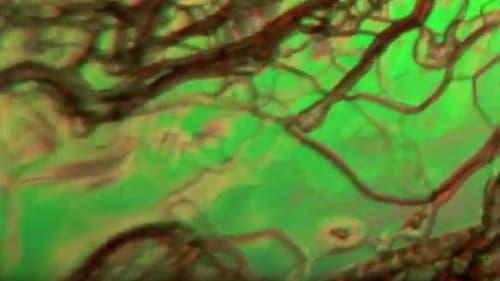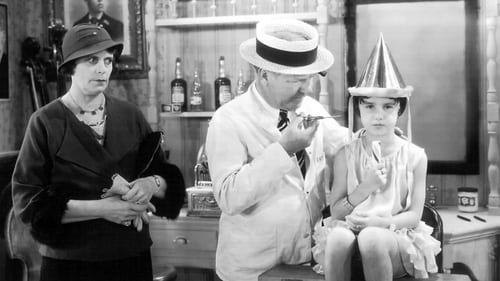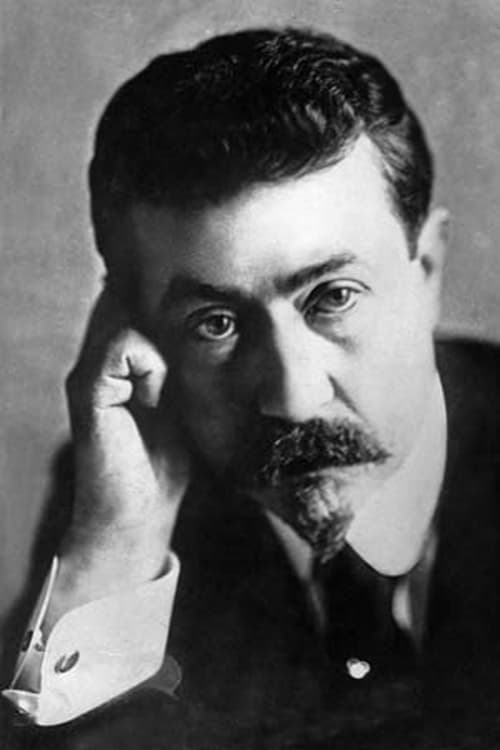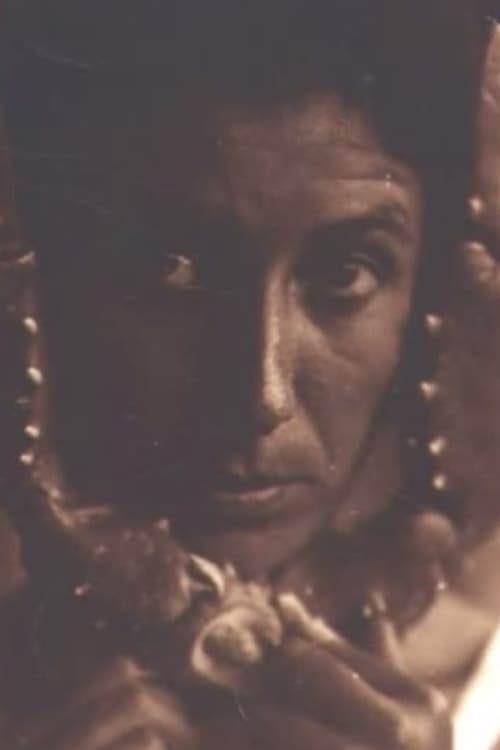Shrimp Stories (1964)
ジャンル : ドキュメンタリー
上映時間 : 10分
演出 : Jean Painlevé, Geneviève Hamon
シノプシス
After a comic introduction, we look closely at a shrimp. Eyes on stilts, color patterns, pinchered walking feet, a rostrum. We watch shrimp eat using a strong claw and a fine one; we watch digestion. After eating, shrimp clean themselves. The female lays eggs that cling to her feet. After three weeks, the eggs hatch explosively. Few larvae live to adulthood. We watch an adult shed its carapace with a final leap, leaving it vulnerable; other shrimp attack.

A complex creature. Regular underwater photography, magnified close-ups, and film through a microscope present sea urchins. We see their mouth and five teeth close and open. After injecting one with gelatin, the shell is removed and we see the muscle structure, digestive tube, and reproductive organs. Magnified stems reveal suction cups; stems lengthen and contract allowing the sea urchin to move. We see microscopic calcareous stems; at their ends are jaws with various uses. Cilia everywhere are in constant motion, stirring up water and debris. African music on the soundtrack suggests a shuffle dance.

The one-celled long and slender diatom, up close: discovered in 1703 with the invention of the microscope. We observe them magnified 10,000 times: water expelled through the skeleton, mucilage constantly emitted, allowing it to glide. Their energy comes from sunlight. They divide and disperse. The narrator, conversing with a young woman, says their remains cover one-third of the earth's surface. They have uses in petroleum, explosives, and polish. Some live in isolation, some in colonies, like elaborate fans. They can move in clusters. Many small animals eat them. We watch them slide on each other in long strings.

An enthusiastic grandfather sits with children in a Parisian park talking about pigeons. First. their physical appearance—eye, wings and tail, and color—and their varieties. Then, he encourages the children to imitate their walk. He points out courtship and mating rituals, then provides an illustrated discussion of how they eat. This section is punctuated by a flock of pigeons fighting over a small, hard ball each wants to eat; the narrator's describes it as if it were a soccer match. He concludes with a discussion of pigeons taking off, landing, and flying; he uses slow motion and stop-time photography to show his audience.

Two kinds of starfish, the brittle and the feather. The brittle star moves its arms alone, without the aid of suckers. Underneath is a single opening. Stalks move food close to the mouth and move waste away. We see vents, used in reproduction and breathing. We watch the hatched young expelled into the water. The camera shows us brittle stars' intricate patters. We observe feather stars in clusters, like ferns. One turns over slowly; arms have branches with stalks for breathing and gathering microscopic food. Reproductive organs are inside branches. We see eggs develop at 1,400 nature's speed. Larvae emerge, 0.1 mm long. They grow. A feather star takes a walk.

Perrault's fairy tale presented in claymation with choral voices. Bluebeard goes courting, all six of his wives having died. He arrives at the house of a widow with two daughters. He's greatly feared, but he overcomes objections with a generous dowry. One sister (Anne) refuses him; the other accepts. At his castle, the damsel delights in precious minutes away from Bluebeard in the rose garden. The Saracens declare war; Bluebeard goes off to fight them, leaving the keys to the castle in the damsel's hands. He warns her not to enter the forbidden room. As war rages, she discovers riches in the castle and then enters the forbidden room. Will Bluebeard discover her act? Can she escape death?

Title cards introduce images we watch without narration; they are displays of shape and color. François de Roubaix's electronic music accompanies these images, photographed under a polarizing microscope. The crystals appear to move like tiny organisms: small four-part fans share the frame with flowing lines of pink. Multiple patterns appear side by side.

An educational film, a movie through a microscope, in two parts. Within minutes after the egg drops in the water, fertilization occurs and contractions start. Soon, in a fertilized egg, we see the germinal disc divide into two blastomeres. Divisions continue; contractions re-occur at the cap as it covers the egg. Title cards in French tell us what to watch for. Muscular movements and circulation appear; the heart beats. In part two, we see blood circulation begin as red cells develop on the surface of the yoke. They mass toward the heart. Arteries form, blood flows. The egg hatches and blood flows to new areas.

In December 1967 a Cuban film crew led by Santiago Alvarez, the veteran polemicist, traveled to Hanoi. They shot the footage which constitutes this short documentary all in one day - Tuesday 13. The film is the story of that day, and what happened to the North Vietnamese people in the course of it.

Impressionistic study of the fate of a stray dog, trying to avoid the results of human indifference and cruelty.

In a freshwater pond, it's "eat or be eaten." A dragonfly larva eats a midge; a water beetle larva eats a damselfly larva. Snail larvae grow. A beetle larva eats one. Up close, we see the eating apparatus of a damselfly larva—with a retractable hook beneath mandibles. Some creatures bite and chew, others suck. A water beetle larva holds on to its prey, injects a poison that turns the victim's insides to soup, and then sucks it dry. We watch one eat a damselfly larvae and then another water beetle larva. Some have ingenious ways to camouflage themselves, like the water scorpion, and to breathe air while hunting under water. Caddisfly larvae hide in debris, then eat.

Scottish physicist James Clerk Maxwell's classic theory about the behavior of gas molecules is represented on-screen by a man performing a series of Canadian air force exercises.

An educational film from 1967 designed to scare teenagers away from illegal drugs

Sonny Bono appears onscreen to tell kids that marijuana is a "bummer" that turns you into a "weedhead" and will make you "trip out" (the fact that, based upon his performance, Sonny appears to have ingested unknown substances before the cameras started rolling tends to limit the film's crediblity somewhat).

An octopus slithers into a narrow crack near the shore; we see its eye up close. It feeds on a crab. In spring it's time to mate. A male grabs a female; he inserts his third arm in her respiratory cavity. We watch another pair: a larger female is the aggressor here. Mating is repeated over hours and days. The female releases strings of fertilized eggs that hang from the roof of a nest. She guards her spawn for a month, fanning the strings to circulate water for oxygen and cleanliness.

An inept barber maintains his good-humored optimism in his small town shop despite having a hen-pecking harridan for a wife and a total lack of sartorial skill.

Jean Painlevé short film examining proportion and its effects on organisms.

Rather than telling his parents, who have another girl picked out for him, Bob brings home his new wife disguised as his friend "Steve."

Ferdie's wife is fox-trot crazy, wanting to go dancing all the time. To get out of it, Ferdie fakes an ankle injury. When his wife spies him walking without his crutch, she writes a letter to her stern mother, inviting her to stay with them while Ferdie heals. Rather than face his mother-in-law, Ferdie admits he was faking his injury, and tears up the letter.

This spoof of 'Apocalypse Now' has health inspector Will Dullard travelling by car "uptown" with two friends to have a meeting with a certain Mertz, the owner of a meat processing shop, to "investigate with extreme prejudice."

A glimpse into the world and methodology of dancer Martha Graham.






